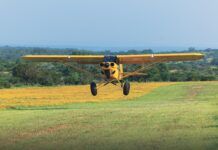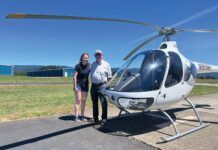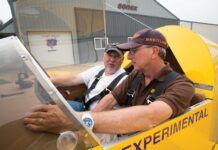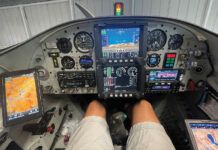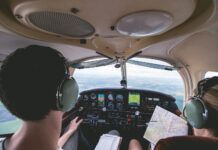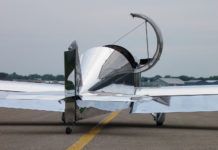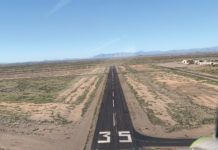
There are a few fundamentals when it comes to aviation weather that many pilots never really get taught. These have nothing to do whatsoever with dew points, adiabatic lapse rates, winds aloft, or convective activity. No, these fundamentals relate to what we do with the information we obtain–the decision-making process that determines how we manage risk. Decision-making when it comes to weather is one at in which we stay alive.
The first of these is that no matter how hard you study it, you still can’t change the weather. The weather will be what the weather will be. No matter how much you stare at the mist, no matter how you hold your tongue – nothing you can do will change the weather. Accept this. Remember this. Live with it.
Second – when you make a decision to cancel or divert a flight based on the information that you had at the time, and the time had come to make a decision… accept that you made a good decision (assuming that you are alive to reflect on the matter). The weather often does not do what we expect it to do. If all the sources you had, and all of the trend information you used indicated that “NoGo” was the right decision, yet it turned out to be flyable – you didn’t make a bad decision. You made the best decision you could make at the time. Of course, if you constantly cancel and the wealth turns out to be good, you should learn from that and figure out how to better understand the weather. But learning from our past is another lesson.
Lastly–a forecast is an educated prediction (some would say a guess, but that sounds too unscientific). One way to improve your own predicting capability is to look at the weather sources every day, even when you are not flying, and predict what you think the sky is going to do. Then evaluate your prediction. This is what meteorologists do, and by doing so, they learn and refine their capability to make better predictions.
Remember the old saying “it is far better to be on the ground, wishing you were in the air than to be in the air, wishing you were on the ground,” especially when you are wishing you were on the ground because the weather has closed in on you. Fly, yes, fly boldly – yes. But do so with studied care, and once again accept the fact that you can watch the weather, but you can’t control it.

